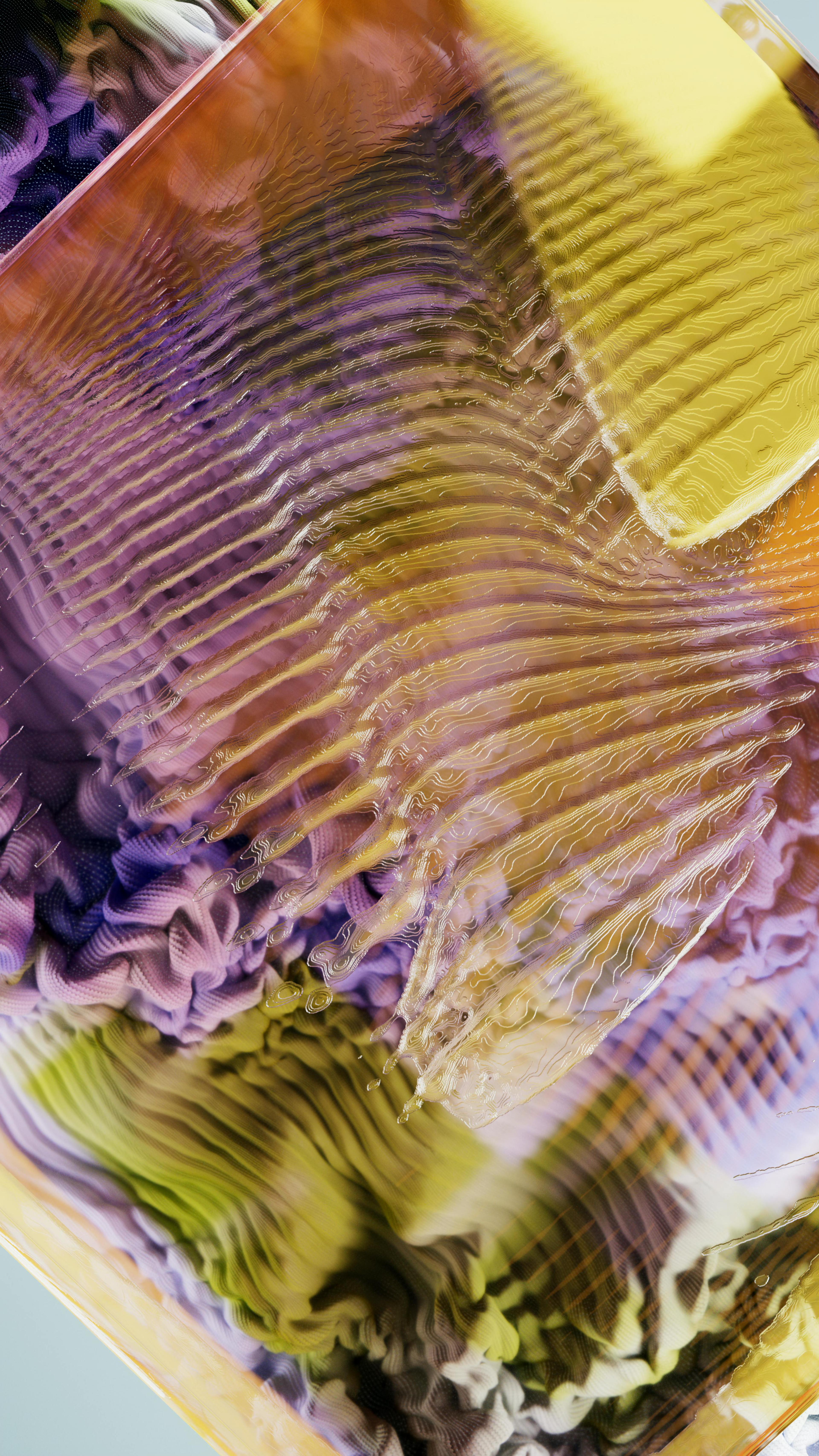

One of the hottest topics in web design and development across 2023-2024 is (you guessed it) Artificial Intelligence (AI). While there are some commonly repeated pros and cons, there’s no questioning AI’s potential to reshape web creation. With the right blend of technology and thoughtful human craftwork, AI can unlock new, positive possibilities for businesses and users. Here are some of our favorite ways AI tools are improving the way we design and build web and digital experiences.
Streamlining web design
AI-powered tools are revolutionizing the design process by leveraging vast datasets to analyze user preferences, industry trends, and branding guidelines to help inform the process and even create mock-ups. This allows designers to focus on creativity and innovation rather than repetitive tasks. Imagine the out-of-the-box web experiences we’ll see as teams have more time to imagine, create, and iterate instead of being bogged down with tedious tactical work.
Responsive design & cross-device compatibility
Many AI-powered design tools also use machine learning to adjust layouts dynamically based on varying screen sizes, ensuring optimal user experiences across devices and resolutions. By analyzing user interactions and device capabilities, they ensure the creation of versatile, user-friendly websites that are seamless and accessible.
Prioritizing accessibility
While we’re on accessibility, many AI plugins can do the heavy lifting here, generating alt text for images to make the site friendlier for visually impaired users. AI can also utilize features like voice recognition, letting users navigate without lifting a finger, which is especially handy for those with mobility issues. And that’s truly just the beginning of AI’s potential to improve accessibility in web design.
Enhancing user experience
Accessibility is only one way AI tools improve and reimagine the human user experience. AI analyzes massive amounts of data and previous user behavior to predict what users like and how they’ll behave in the future, leading to truly personalized experiences. Pairing this new level of personalization with the automatization and optimization we’ve already discussed can elevate website UX and UI in new, dynamic ways that are already proving meaningful, helpful, and fun.
Challenges & ethical considerations
It wouldn’t be right to discuss all of the many pros of AI without mentioning its biggest con: the possibility of negative ethical implications. With AI becoming increasingly common, there’s a growing understanding of how the inputs humans give AI can generate bias, leading to inequitable and exclusive digital experiences. There are also concerns that AI image and content resources may pull from existing IPs to create their outputs without users knowing.
That’s why it’s important to understand that AI isn’t ready to be trusted as a stand-alone solution for any creative or technical problem — and why it’s wise to work with a trusted technology partner before navigating this complex and rapidly evolving space.
We’re excited for what’s next
AI is redefining the art and science of web design and development, offering unprecedented speed, intelligence, and personalization. It’s a lot to take in, but simultaneously, the positive potential feels uniquely exciting. At Alloy, we’re seizing the moment by combining our deeply curious people with strategic AI-powered tools and insights to blaze technological trails with our partners.
